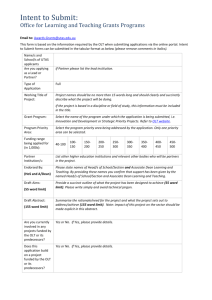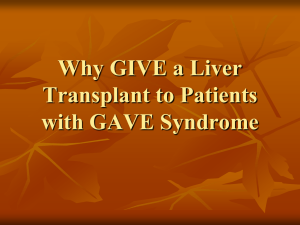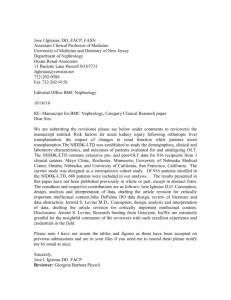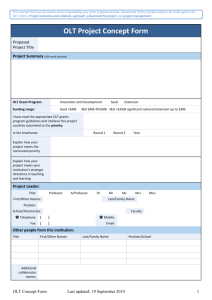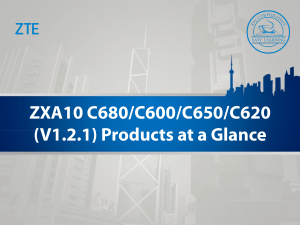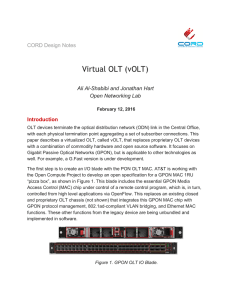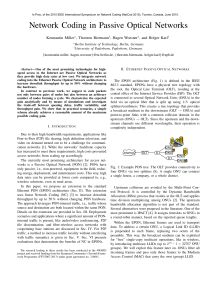Burst Mode Timing Ad-Hoc Initial Discussion Document Frank Effenberger Huawei Technologies Co. Ltd
advertisement
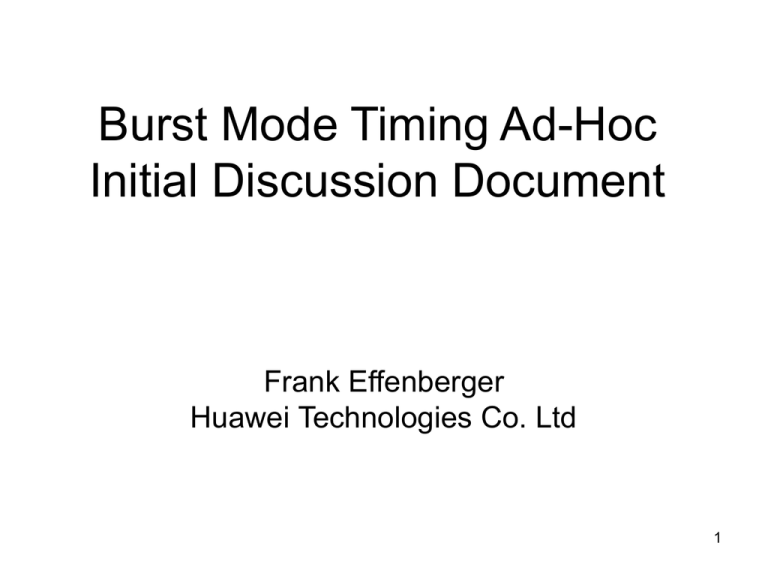
Burst Mode Timing Ad-Hoc Initial Discussion Document Frank Effenberger Huawei Technologies Co. Ltd 1 Topics • Burst mode capabilities • Historical perspective • Suggested path forward 2 Burst mode capabilities • OLT and ONT burst mode quality is highly dependent on technology used • Reuse of continuous mode parts yields rather poor timing (microseconds) • Use of specially customized circuits can yield quite fantastic timing (10’s ns) – However, such circuits are hard to get at first • Thoughtful design can obtain anything in between – The choice is generally a matter of cost and other pragmatic issues 3 Historical Perspective • IEEE side: Loose specification of both – ONT got much better – OLT got somewhat better – But recovering the lost time is an issue • ITU side: Tight specification on both – ONT was never a problem – OLT was very hard, and eventually needed to be loosened – This caused a market delay 4 What we’ve already agreed • Draft already captures the agreement: – To specify a “loose” maximum value of Ton and Toff (512ns) – ONU to report actual values via MPCP – OLT can thereby recover efficiency • Why not extend this concept to the OLT timing? 5 Suggested path forward • Loose maximum values of Tagc and Tcdr are specified (400ns each) – Optionally, informative ‘suggestions’ on better values could be added: 200ns each for “AC coupled” designs, 50ns each for “dynamic coupled” designs • OLT is free to do better, of course • OLT broadcasts its burst-mode overhead requirements in the downstream – How long a series of 0x55 is needed – What amount of rise-time control is needed 6 Complexity consideration • A downstream broadcast is not complicated – There is no negotiation – There is not much of a state machine impact • ONU must simply wait until it hears a verified “Downstream overhead” message • Once received, the ONU: – Sets the required parameters – Proceeds with the remainder of the activation state machine • It is expected that upstream overhead will be constant, therefore, other transitions are not needed 7 Thank you ! 8
